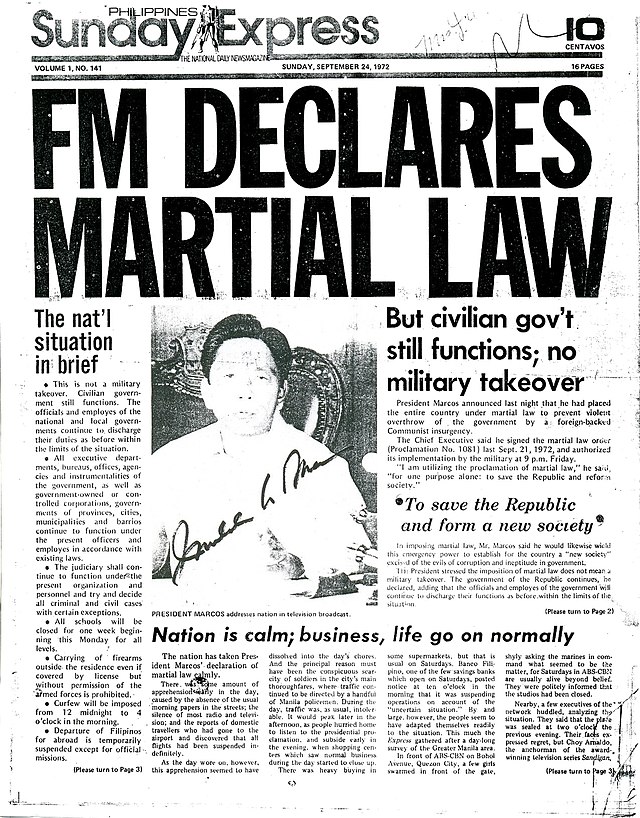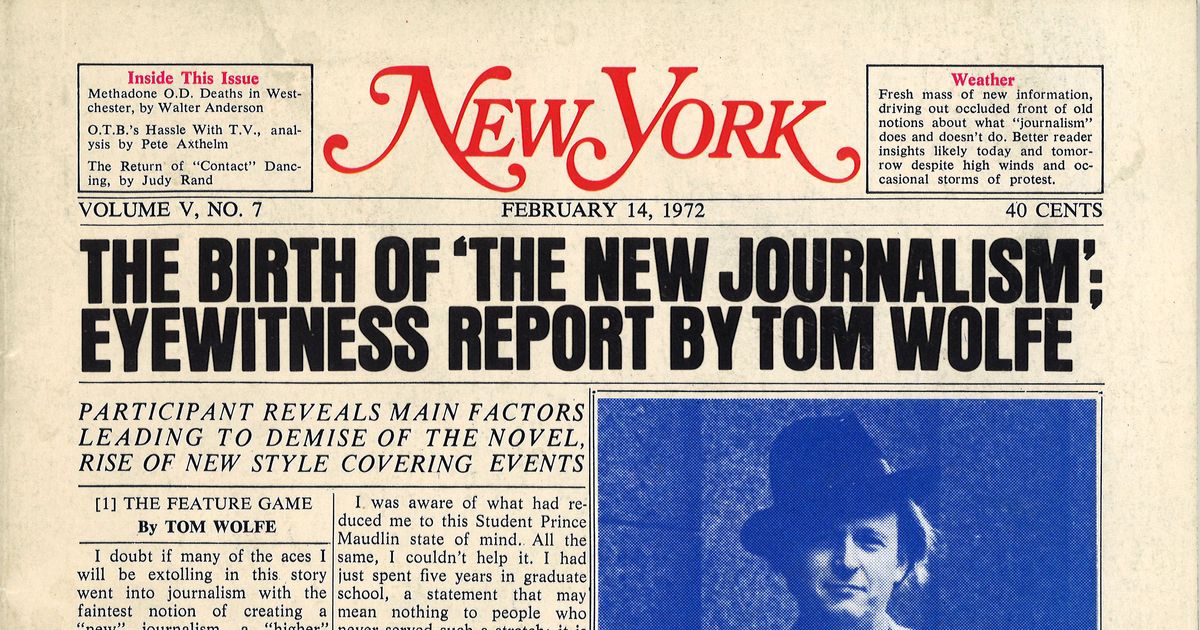Not known Details About News Articles
Not known Details About News Articles
Blog Article
News Articles - Truths
Table of ContentsThe 5-Second Trick For News ArticlesNews Articles Can Be Fun For AnyoneEverything about News ArticlesNews Articles Can Be Fun For EveryoneOur News Articles Ideas
Good expertise of different topics gives pupils a competitive side over their peers. Although electronic and social media sites are easily accessible, we must not forget exactly how vital it is to check out the papers. Moms and dads should attempt and inculcate the practice of reviewing a paper as a daily regimen to proceed the heritage of the revered print medium.News stories additionally have at least one of the following essential attributes loved one to the desired target market: closeness, prominence, timeliness, human interest, quirk, or repercussion.
Within these limitations, newspaper article likewise aim to be detailed. Nevertheless, various other variables are entailed, some stylistic and some originated from the media kind. Among the larger and more highly regarded newspapers, fairness and equilibrium is a significant consider providing info. Commentary is usually constrained to a different section, though each paper may have a different overall angle.
Newspapers with a global audience, for instance, tend to make use of a more official style of composing. News Articles.; common design overviews include the and the United States News Design Book.
Facts About News Articles Revealed
Generally, reporters will certainly not make use of a lengthy word when a short one will do. They use subject-verb-object building and brilliant, energetic prose (see Grammar). They use stories, instances and allegories, and they hardly ever rely on generalizations or abstract concepts. Information authors attempt to stay clear of making use of the very same word greater than as soon as in a paragraph (sometimes called an "resemble" or "word mirror").
Nonetheless, headings in some cases omit the topic (e.g., "Leaps From Boat, Catches in Wheel") or verb (e.g., "Cat woman lucky"). A subhead (additionally subhed, sub-headline, subheading, caption, deck or dek) can be either a secondary title under the primary headline, or the heading of a subsection of the short article. It is a heading that precedes the major text, or a group of paragraphs of the main text.

of a post topic, source, or interviewee), it is referred to as a pulled quotation or pull quote. Extra signboards of any one of these types might show up later on in the article (specifically on subsequent pages) to entice further analysis. Journalistic websites in some cases use animation techniques to swap one billboard for one more (e.g.
How News Articles can Save You Time, Stress, and Money.
Such signboards are also used as guidelines to the article in various other areas of the publication or website, or as promotions for the item in various other publication or websites. News release of the Swiss government. Normal structure with title, lead paragraph (recap in strong), other paragraphs (details) and contact details.

Example of a hard-lead paragraph NASA is recommending one more space project. The agency's budget request, revealed today, included a strategy to send out an additional goal to the Moon. This time around the agency intends to establish a lasting center as a jumping-off place for other room adventures. The budget demands around $10 billion for the job.
The NASA statement came as the agency requested $10 billion of appropriations for the task. An "off-lead" is the second essential front web page news of the day. The off-lead appears either in the leading left corner, or straight listed below the lead on the right. To "bury the lead" is to begin the article with history details or information of secondary value to the viewers, compeling them to learn more deeply right into an article than they ought to have to in order to find the crucial points.
The 6-Minute Rule for News Articles
Usual usage is that a person or two sentences each develop their very own paragraph. Journalists usually define the organization or framework of a newspaper article as an upside down pyramid. The vital and most interesting components of a tale are placed at the start, with sustaining info following in order of lessening significance.
It permits people to explore a topic to just the depth that their curiosity takes them, and without the imposition of details or subtleties that they might consider unimportant, yet still making that details available to extra interested readers. The upside down pyramid framework additionally makes it possible for short articles to be cut to any approximate size throughout format, to fit in the space available.
Some writers begin their stories pop over to this site with the "1-2-3 lead", yet there are lots of type of lead readily available. This layout usually starts with a "Five Ws" opening paragraph (as described over), complied with by an indirect quote that offers to support a significant element of the first paragraph, and then a straight quote to support the indirect quote. [] A twist can refer to several points: The last tale current broadcast; a "pleased" story to finish the program.
Longer articles, such as magazine cover articles and the pieces that lead the within sections of a paper, are known as. Feature tales vary from straight news in a number of ways.
The Buzz on News Articles
The journalist commonly details communications with meeting subjects, making the item a lot more individual. A feature's first paragraphs frequently associate an appealing moment or event, as in an "unscientific lead". From the details of a person or episode, its sight promptly widens to generalizations regarding the tale's topic. The area that signals what an attribute has to do with is go now called the or billboard.

The Editor's Toolbox: A Referral Overview for Beginners and Professionals (2001) Allan M. Siegal and William G. Connolly. The New York Times Handbook of Design and Use: The Official Design Overview Utilized by the Writers and Editors of the World's Most Reliable Newspaper (2002) M. L. Stein, Susan Paterno, and R.
Report this page